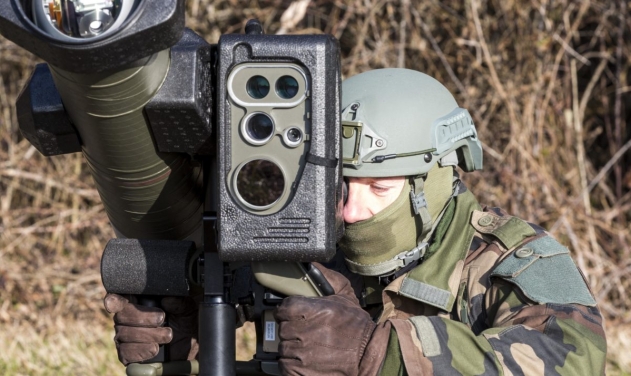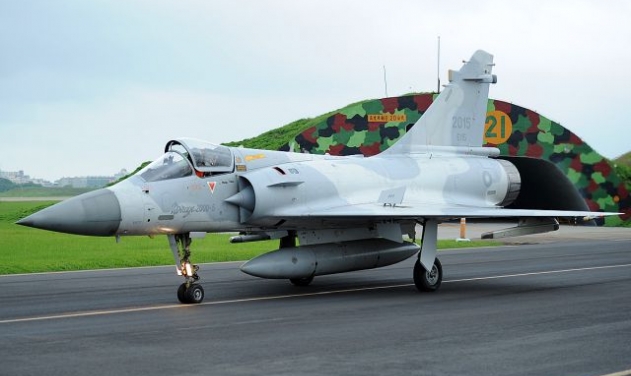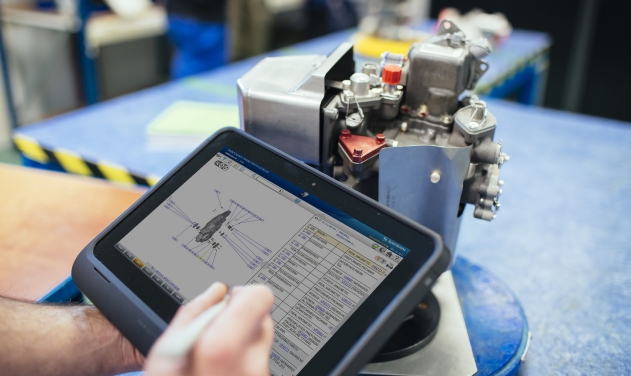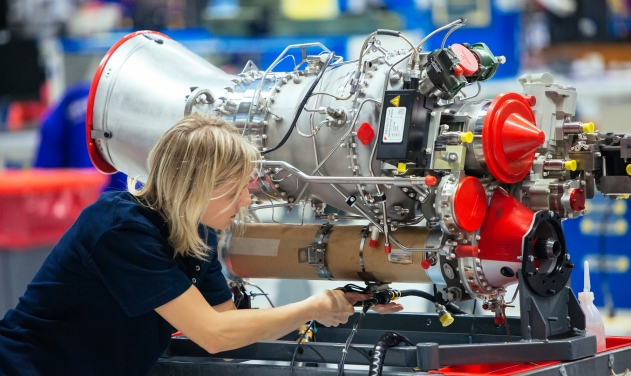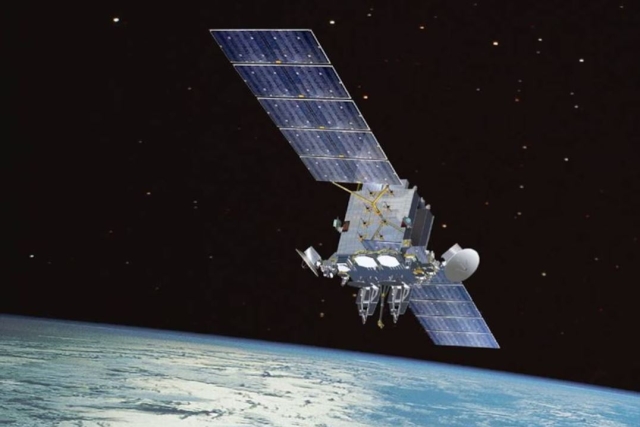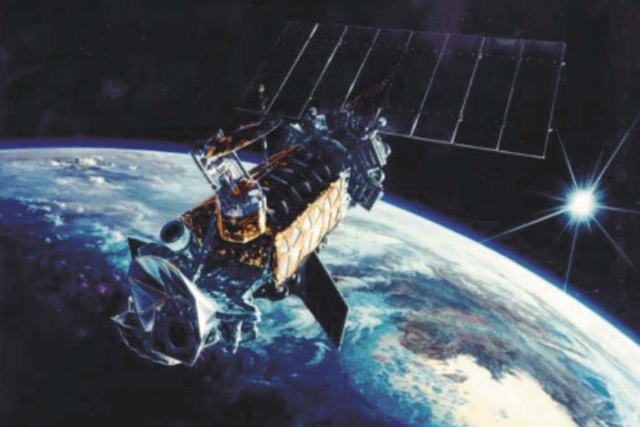PIPAA Project Eyes Fuel-cell Based Electrical Power Generator for Aircraft
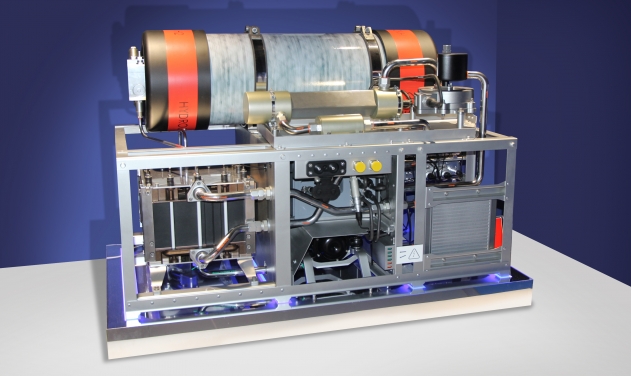
The PIPAA (Fuel Cells for Aerospace Applications) project aims to develop and qualify a fuel cell system for the electrical power supply of aircraft systems, particularly electric ground taxiing solutions, thus drastically reducing polluting emissions in airports.
PIPAA aims to develop an autonomous on-board electrical power generation system for medium-haul aircraft and business jets, and to validate the entire hydrogen-power distribution and fueling chain on an airport platform.
This project, representing a total investment of €51.6 million over five years, is financed to the tune of €19.3 million by the Investments for the Future Program, led by the Commissariat-General for Investment (CGI) and managed by Bpifrance, within the framework of the “Structural R&D Projects for Competitiveness” call for projects, Safran said in a statement Monday.
Compact and lightweight, these electrical power generation systems combining fuel cells and hydrogen tanks will supply specific aircraft loads on the ground and in flight, significantly reducing the aircraft’s environmental footprint.
“By 2019-2020, fuel cells will be ready for initial commercial applications,” said François Tarel, CEO of Safran Power Units.
Safran contributes to military and jet trainer programs such as the Dassault Aviation Rafale, the BAE Systems Hawk and the Aermacchi M346, with power systems.
It supplies APUs for helicopters such as the Airbus Helicopters Super Puma, the NH Industries NH90 and the Leonardo Helicopters new-generation AW189.
The PIPAA (Fuel Cells for Aerospace Applications) project aims to develop and qualify a fuel cell system for the electrical power supply of aircraft systems, particularly electric ground taxiing solutions, thus drastically reducing polluting emissions in airports.
This project, representing a total investment of €51.6 million over five years, is financed to the tune of €19.3 million by the Investments for the Future Program, led by the Commissariat-General for Investment (CGI) and managed by Bpifrance, within the framework of the “Structural R&D Projects for Competitiveness” call for projects, Safran said in a statement Monday.
PIPAA aims to develop an autonomous on-board electrical power generation system for medium-haul aircraft and business jets, and to validate the entire hydrogen-power distribution and fueling chain on an airport platform.
Compact and lightweight, these electrical power generation systems combining fuel cells and hydrogen tanks will supply specific aircraft loads on the ground and in flight, significantly reducing the aircraft’s environmental footprint.
“By 2019-2020, fuel cells will be ready for initial commercial applications,” said François Tarel, CEO of Safran Power Units.
Safran contributes to military and jet trainer programs such as the Dassault Aviation Rafale, the BAE Systems Hawk and the Aermacchi M346, with power systems.
It supplies APUs for helicopters such as the Airbus Helicopters Super Puma, the NH Industries NH90 and the Leonardo Helicopters new-generation AW189.
